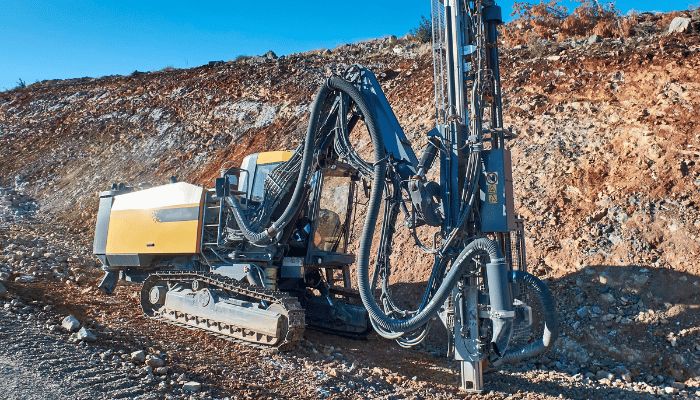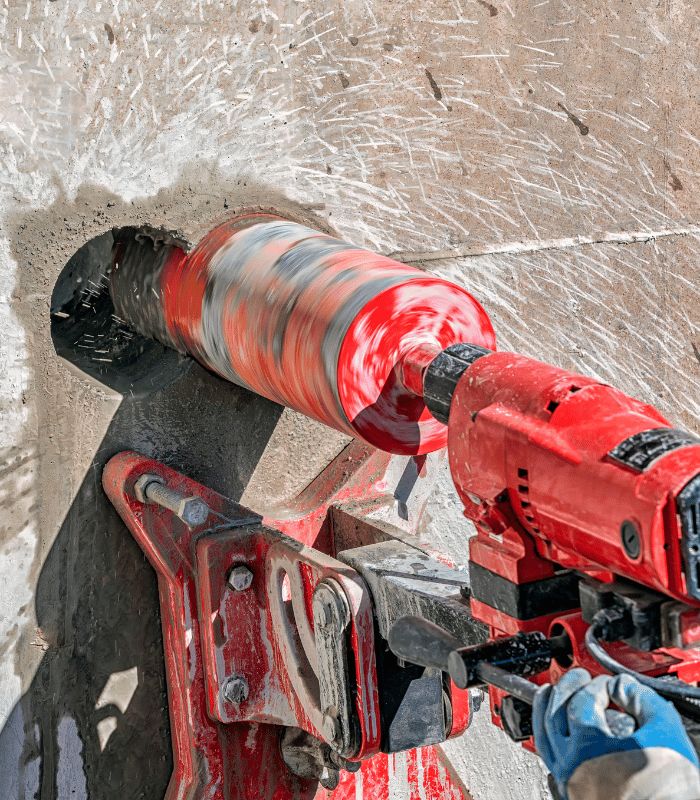Core Drilling
Core drilling involves the extraction of cylindrical samples, or cores, from concrete structures using a rotary drill fitted with a diamond-tipped core bit. This method is preferred for its ability to create clean, precise openings without causing structural damage or compromising the integrity of surrounding materials. The process typically requires specialized equipment designed to withstand the density and hardness of concrete, ensuring efficient and effective results.


Methodology & Equipment
The core drilling process begins with careful planning and preparation. Here’s a breakdown of the methodology and equipment involved:
1. Selection of Core Bits: Diamond core bits are the standard choice due to their exceptional hardness and durability. These bits vary in size and configuration based on the diameter and depth of the core required.
2. Setup and Positioning: The core drill rig is anchored securely to the concrete surface or structure to minimize vibration and ensure stability during drilling. This setup is crucial for maintaining accuracy and safety throughout the operation.
3. Drilling Process: The core drill rotates at high speeds while simultaneously applying downward pressure to penetrate the concrete. Water or a specialized drilling fluid is often used to lubricate the cutting surface, cool the core bit, and flush out debris.
4. Core Extraction: Once the desired depth is achieved, the core sample is carefully extracted from the bit. The extracted core provides a representative sample of the concrete, which can be analyzed for various purposes such as strength testing, material composition assessment, or structural integrity evaluation.
